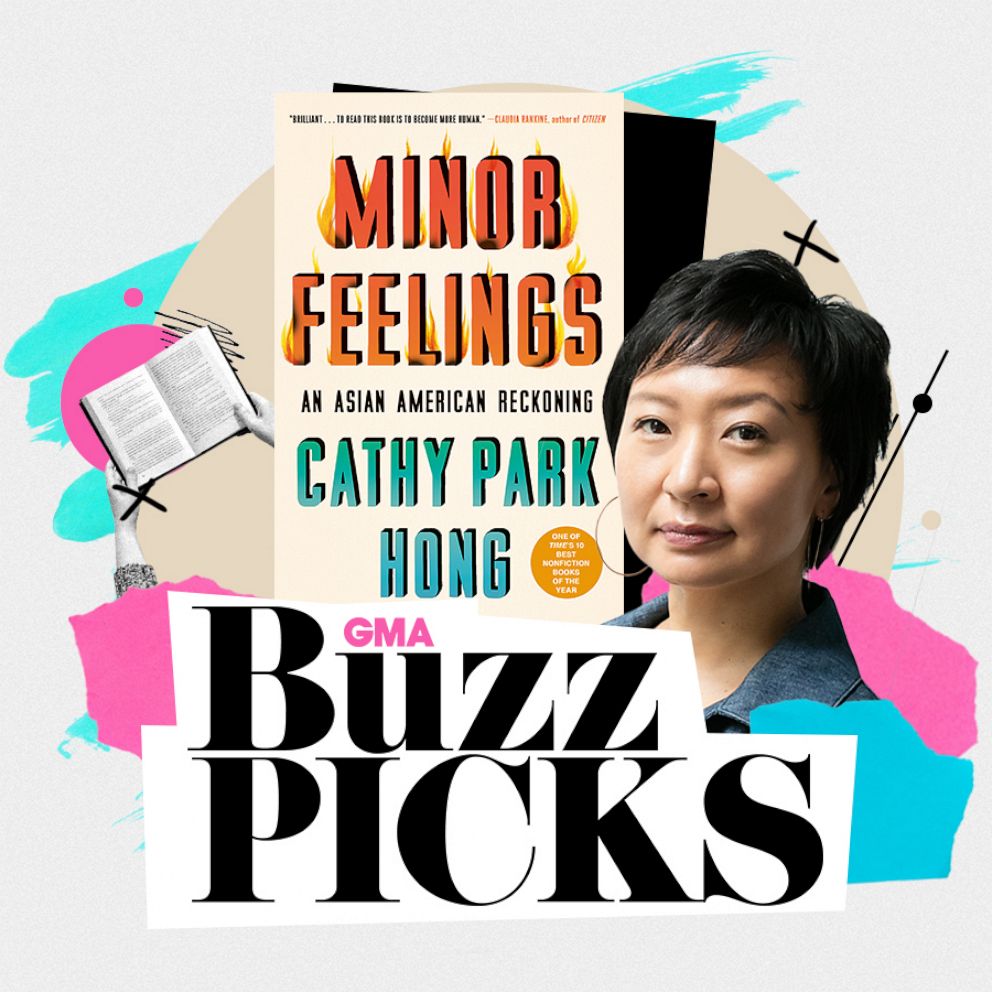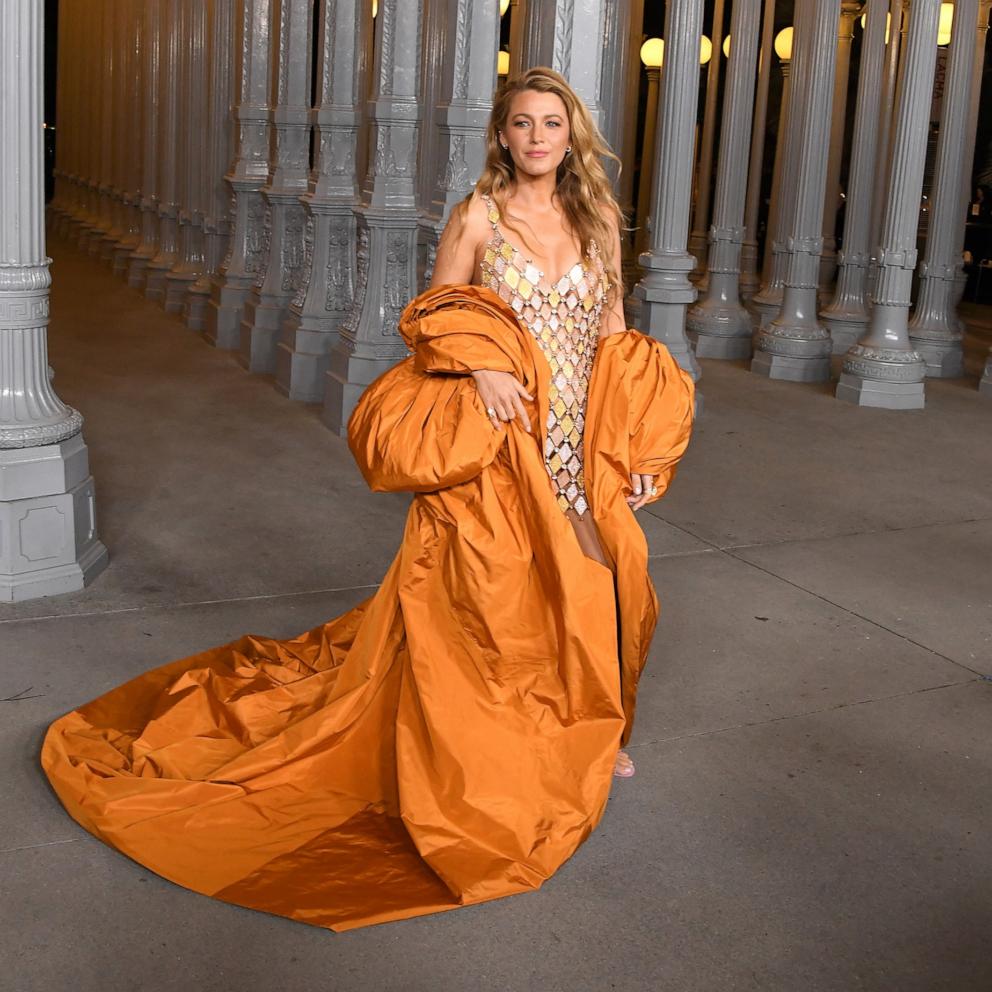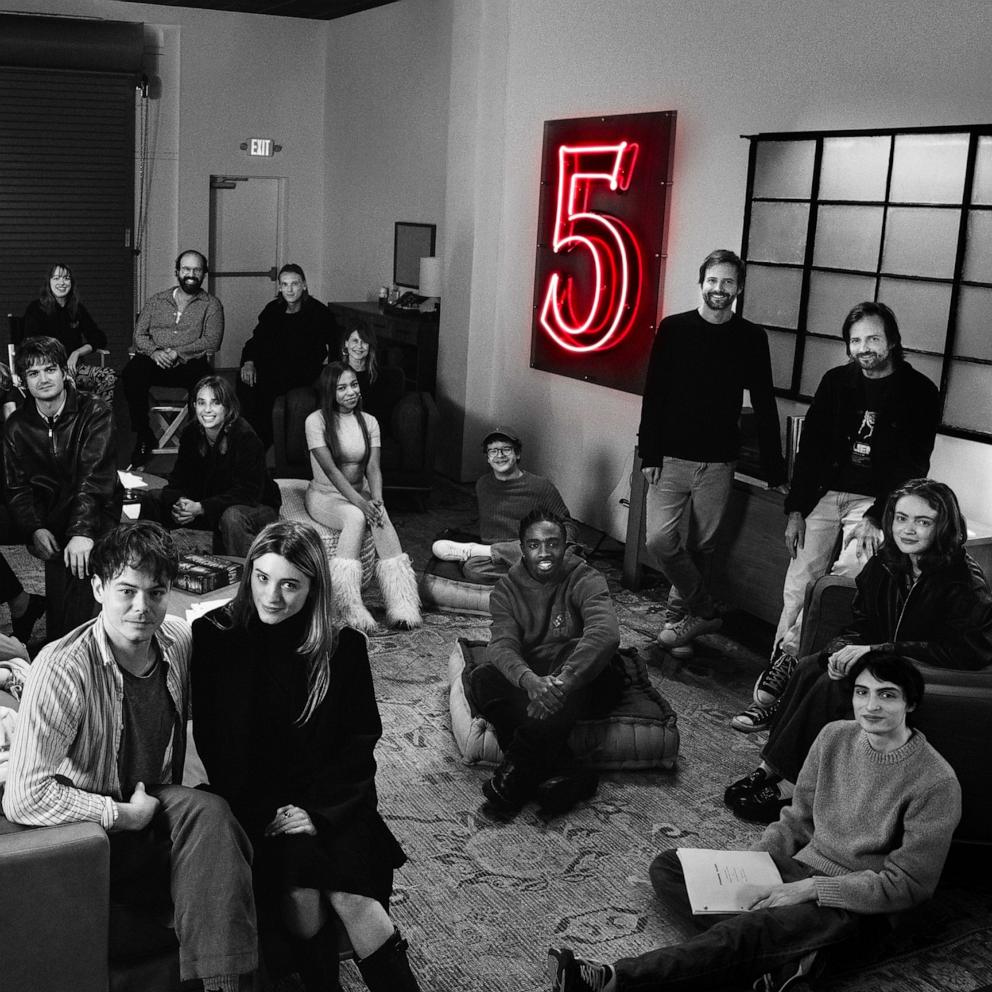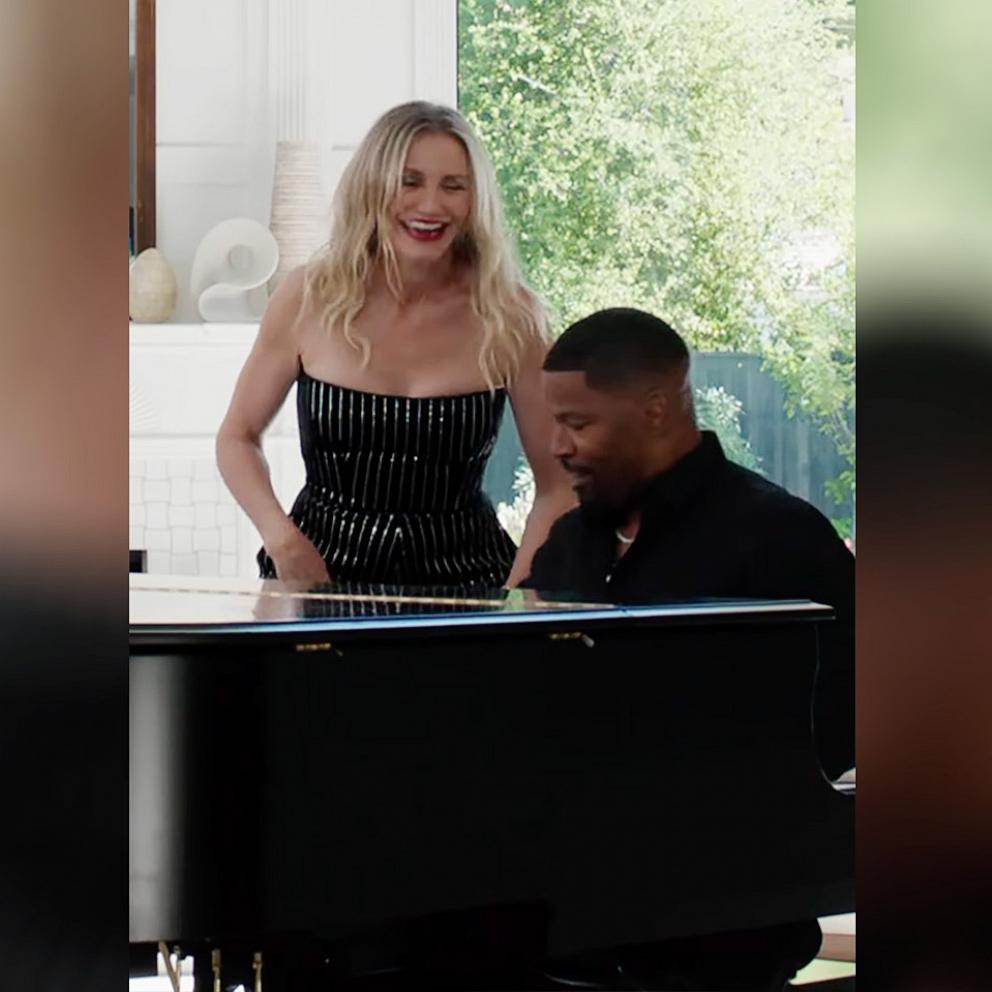If you’ve finished our “GMA” Book Club pick this month and are craving something else to read, look no further than our new digital series, “GMA” Buzz Picks. Each week, we’ll feature a new novel that we’re also reading this month to give our audience even more literary adventures. Get started with or latest pick below.
This week’s “GMA” Buzz Pick is “Minor Feelings: An Asian American Reckoning” by Cathy Park Hong.
Hong’s fourth book, and the recent National Book Critics Circle Award winner in the Autobiography category, is a series of essays that combine memoir, cultural criticism and history to discuss racialized consciousness and the Asian American experience in the U.S.
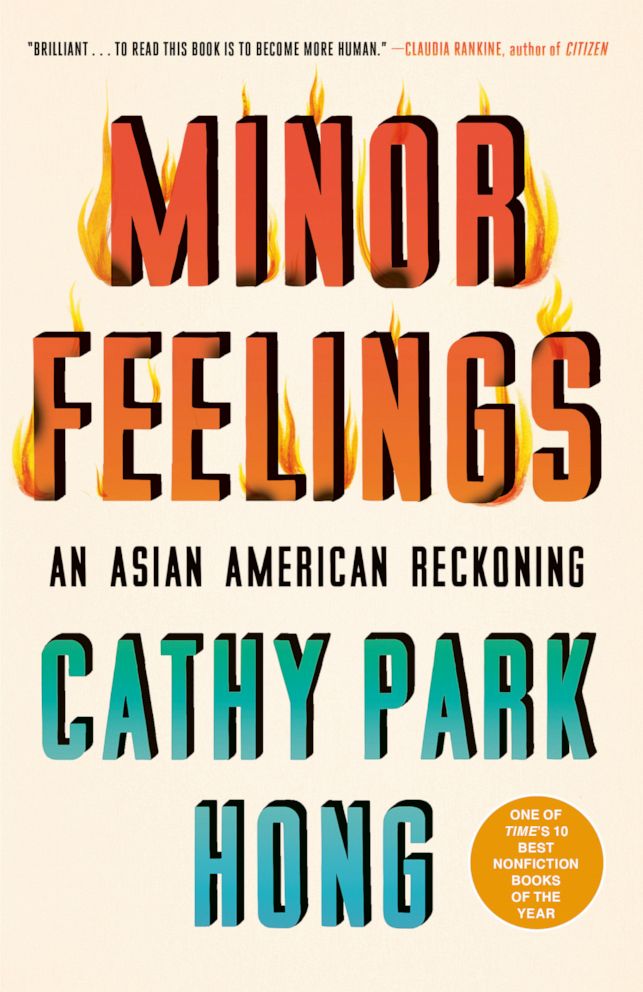
In the wake of last week’s shooting at three Atlanta spas that left six Asian women dead and amid a surge of anti-Asian attacks nationwide, Hong’s book -- which was released in paperback earlier this month -- speaks to the struggles that Asian Americans in the U.S. have faced over the years and continue to grapple with today.
As the daughter of Korean immigrants, Hong tackles the complexities of what it was like growing up in America, which she describes to be steeped in shame, suspicion and melancholy. As an adult, she later recognizes those experiences as “minor feelings,” which she explains as what occurs when one believe the lies they're told about their own racial identity.
"I started writing 'Minor Feelings' when I was pregnant with my daughter, knowing that I needed to write this book so she would be more confident than me as as child; so that she will never feel underestimated, gaslit or harassed, or feel that she has to prove herself repeatedly because of her racial identity," Hong said. "I wrote 'Minor Feelings' to fend off this nation's hegemony of forgetting and remind us of Asian American struggle that intersects with the struggle of Black, Latinx and indigenous Americans. I wrote 'Minor Feelings' so that my daughter will always know that struggle, and will never forget it, and will go forward, proud."
Get started with an excerpt below.
Read along with us and join the conversation all month long on our Instagram account -- GMA Book Club and #GMABookClub
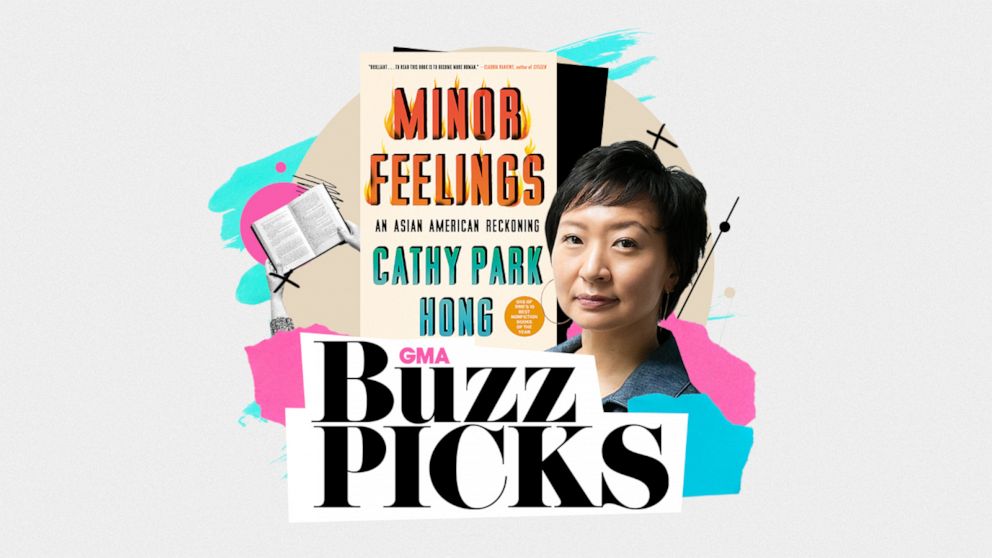
*****
I RECALL MY MOTHER rooting through the dryer and extracting a large red T-shirt with a silhouette of a white bunny. In retrospect, I have no idea how we acquired that shirt. I assume it was given as a gift to my father. Anyway, my immigrant mother didn’t know what the logo meant. The next day, she dressed me in that Playboy shirt, and sent me off, at the age of seven, to school. When I was waiting in line after recess to return to our class, a fourth grader pointed to the front of my shirt and asked me if I knew what “that means.” When I said no and I saw her smirk and run to her friends, I knew yet again that something was wrong but I didn’t know what was wrong. Blood rushed to my face. It is this shirt, but why?
The schoolyard was bordered by a chain-link fence and paved in gray tarmac. Like a de Chirico painting, it was an austere open space, with no trees, interrupted only by the stark sundialed shadows cast by the handball board and tetherball poles, which I avoided because the taller kids whipped the untouchable balls high into the air. I didn’t know why the bunny was bad. No one would tell me why it was bad. And so the bunny blurred into the encrypted aura of a hex. My temperature rose, my body radiating heat to flush the contaminant, the contaminant that was me, out.
I had that same simmering somatic reaction when I was learning English. Because I didn’t learn the language until I started school, I associated English with everything hard: the chalkboard with diagrammed sentences, the syllables in my mouth like hard slippery marbles. English was not an expression of me but a language that was out to get me, threaded with invisible trip wires that could expose me at the slightest misstep. My first-grade teacher read a book to her attentive class, then turned to me and smiled, and said something in her garbled tongue, which I took to mean “go outside.” I stood up and walked out of the classroom. Suddenly, my teacher was outside too, her face flushed as she scolded me and yanked me back inside.
Shame gives me the ability to split myself into the first and third person. To recognize myself, as Sartre writes, “as the Other sees me.” I now see the humor in my unintended disobedience. The teacher reads to a group of rapt six-year-olds who sit cross-legged in a circle, and then, without warning, the quiet little Asian girl calmly gets up in the middle of her story and walks out of her classroom. The next year, the quiet little Asian girl shows up to school wearing a porno- graphic T-shirt.
ONE CHARACTERISTIC OF RACISM is that children are treated like adults and adults are treated like children. Watching a parent being debased like a child is the deepest shame. I cannot count the number of times I have seen my parents condescended to or mocked by white adults. This was so customary that when my mother had any encounter with a white adult, I was always hypervigilant, ready to mediate or pull her away. To grow up Asian in America is to witness the humiliation of authority figures like your parents and to learn not to depend on them: they cannot protect you.
The indignity of being Asian in this country has been underreported. We have been cowed by the lie that we have it good. We keep our heads down and work hard, believing that our diligence will reward us with our dignity, but our diligence will only make us disappear. By not speaking up, we perpetuate the myth that our shame is caused by our repressive culture and the country we fled, whereas America has given us nothing but opportunity. The lie that Asians have it good is so insidious that even now as I write, I’m shadowed by doubt that I didn’t have it bad compared to others. But racial trauma is not a competitive sport. The problem is not that my childhood was exceptionally traumatic but that it was in fact rather typical.
Most white Americans can only understand racial trauma as a spectacle. Right after Trump’s election, the media reported on the uptick in hate crimes, tending to focus on the obvious heretical displays of hate: the white high school students parading down the hallways wearing Confederate flag capes and the graffitied swastikas. What’s harder to report is not the incident itself but the stress of its anticipation. The white reign of terror can be invisible and cumulative, chipping away at one’s worth until there’s nothing left but self-loathing.
*****
Excerpted from "Minor Feelings: An Asian American Reckoning" by Cathy Park Hong, Copyright © 2020 by Cathy Park Hong. Excerpted by permission of One World, an imprint and division of Penguin Random House LLC, New York. All rights reserved. No part of this excerpt may be reproduced or reprinted without permission in writing from the publisher.
